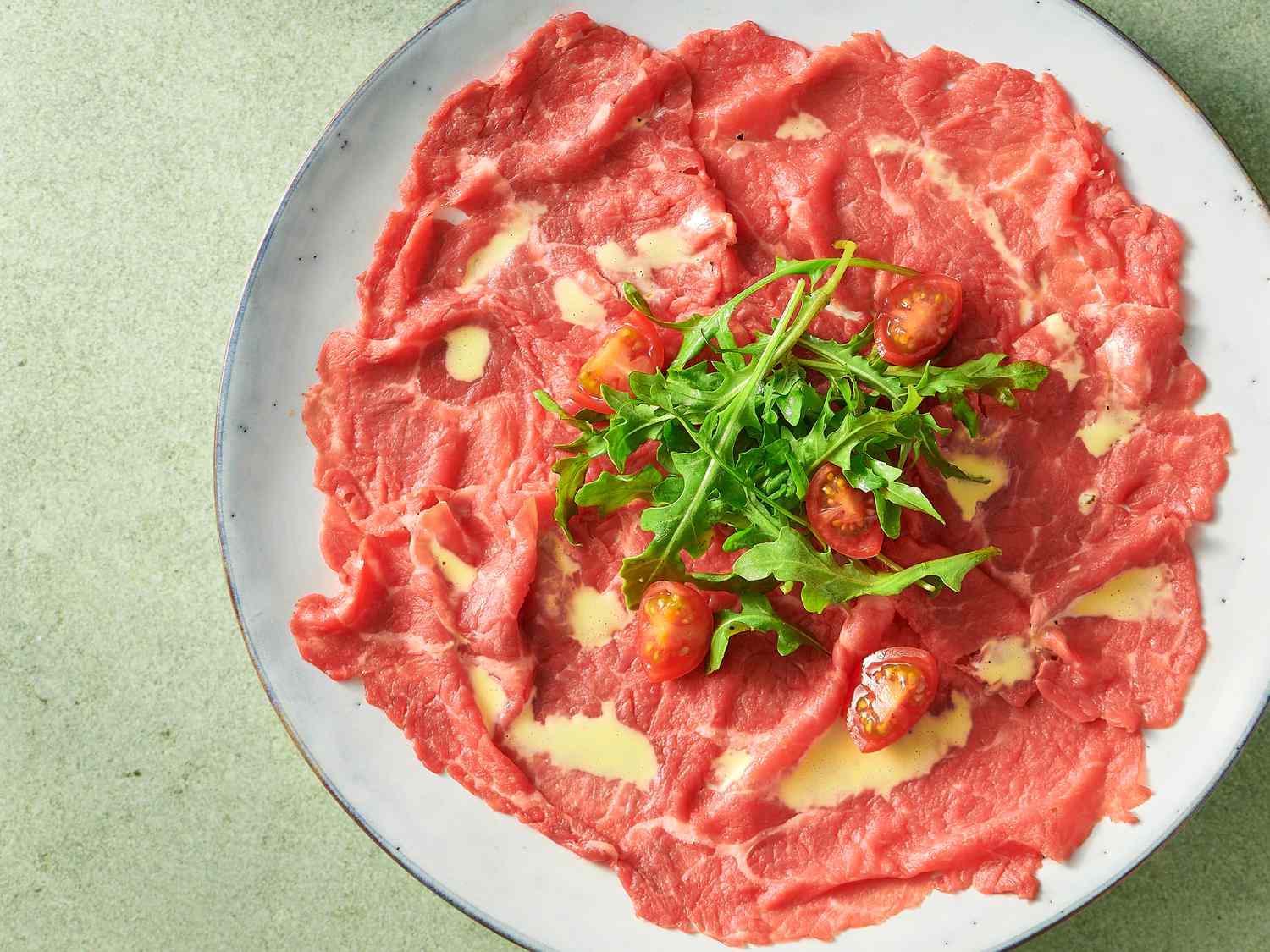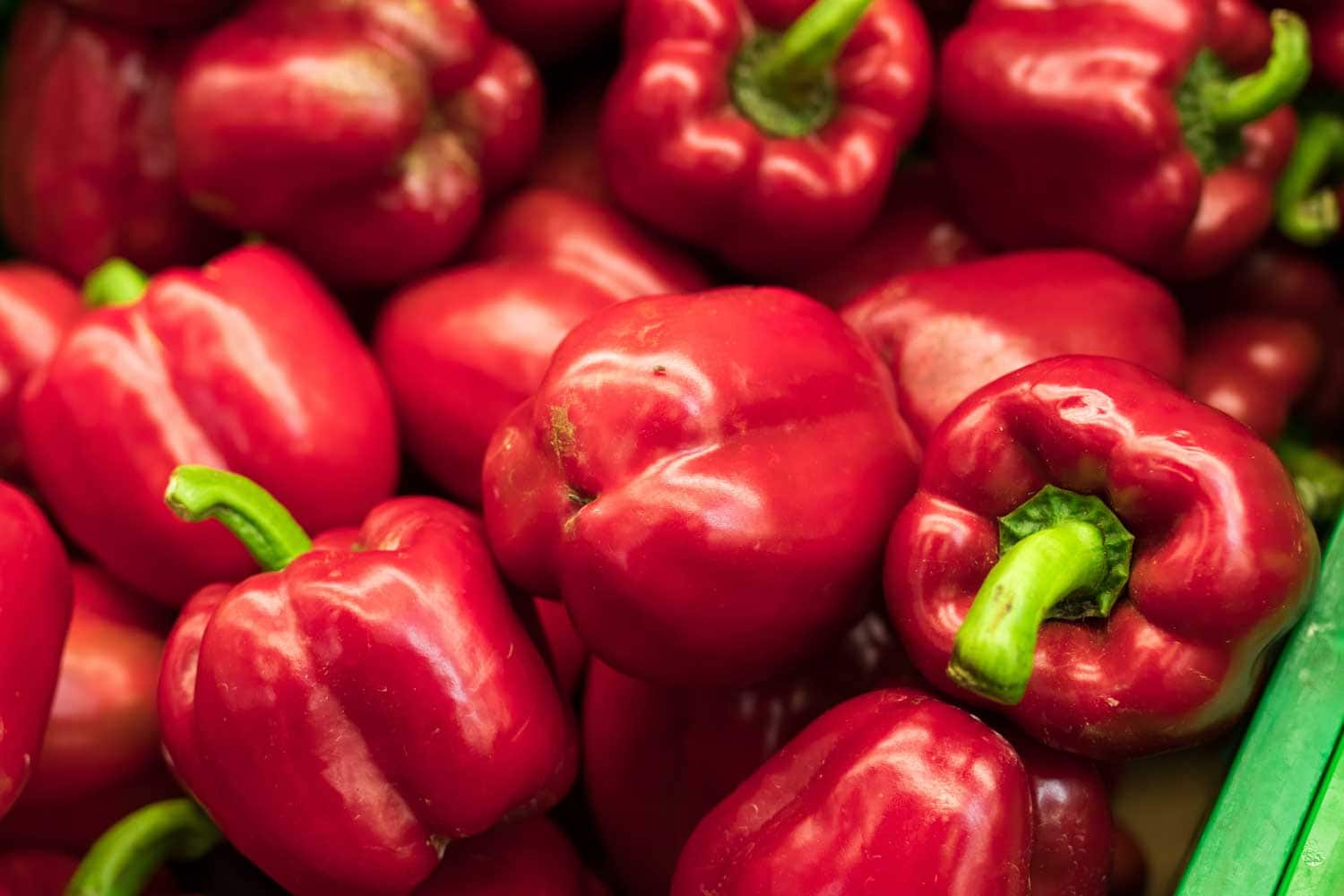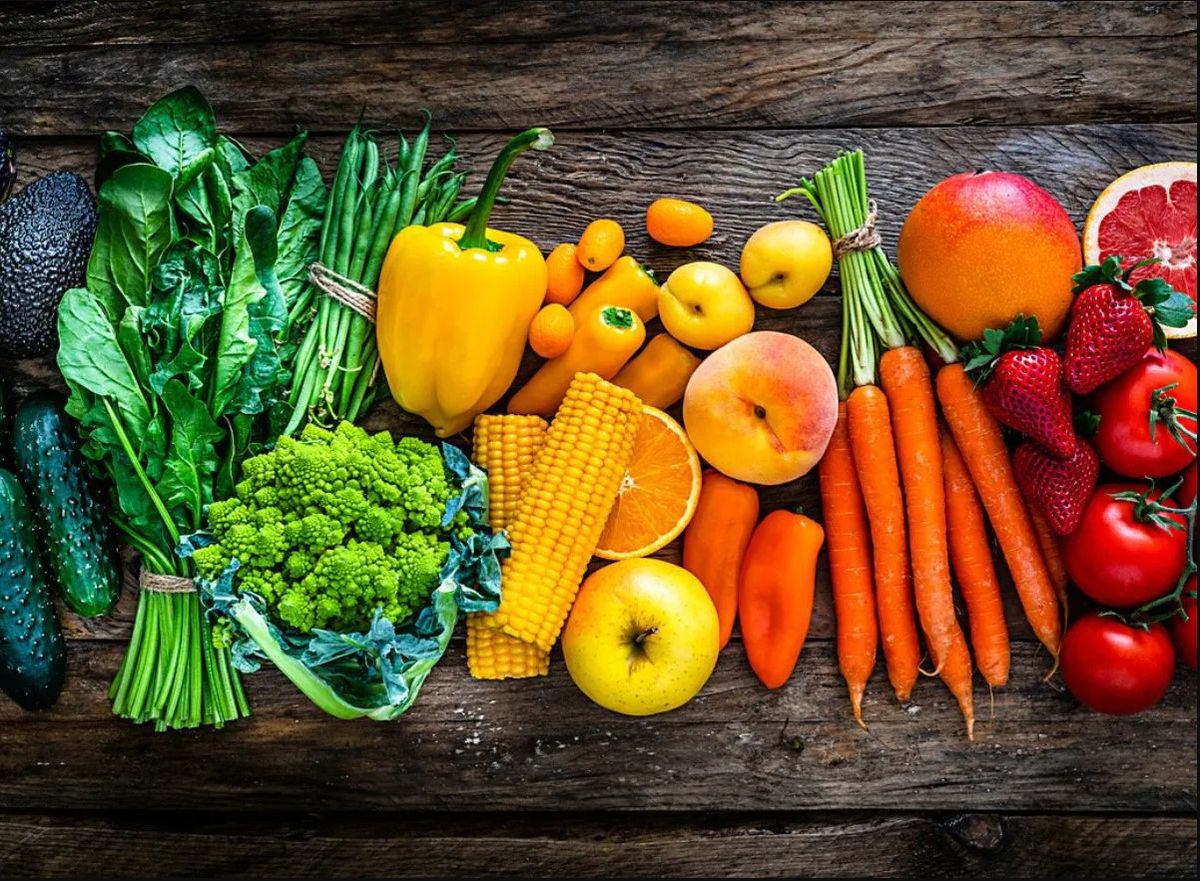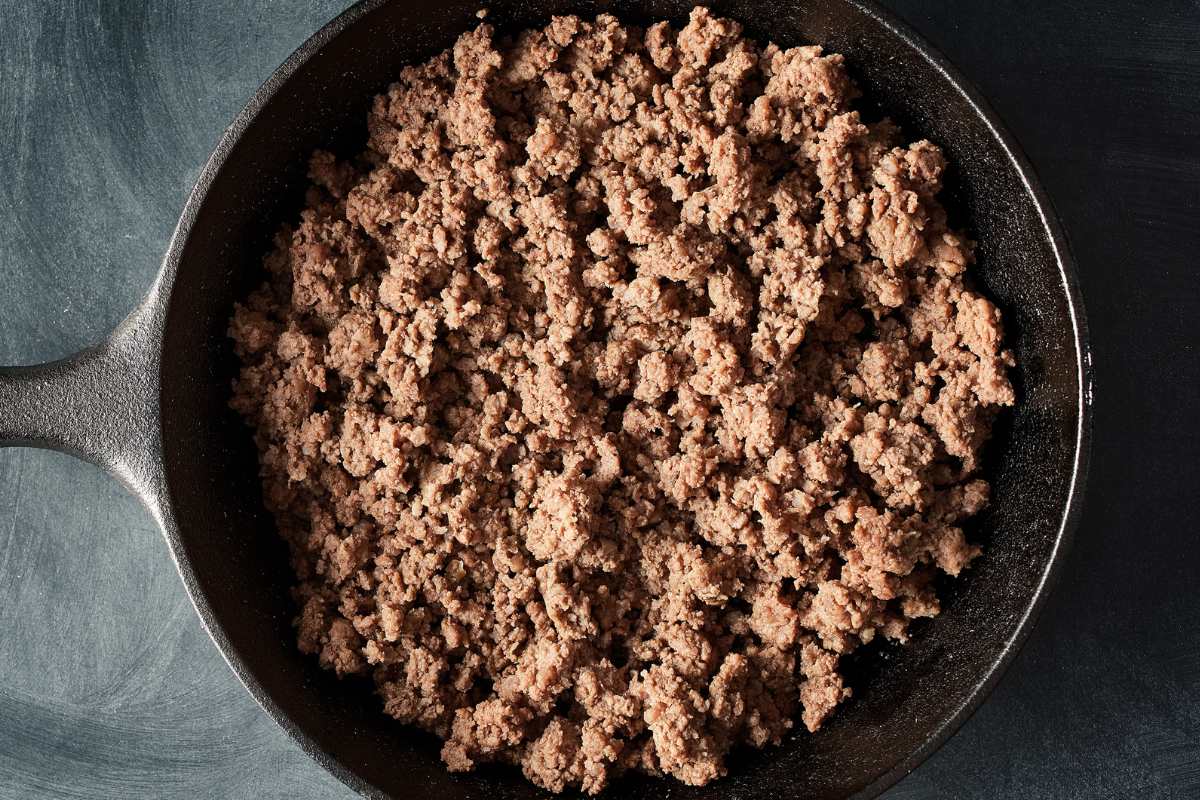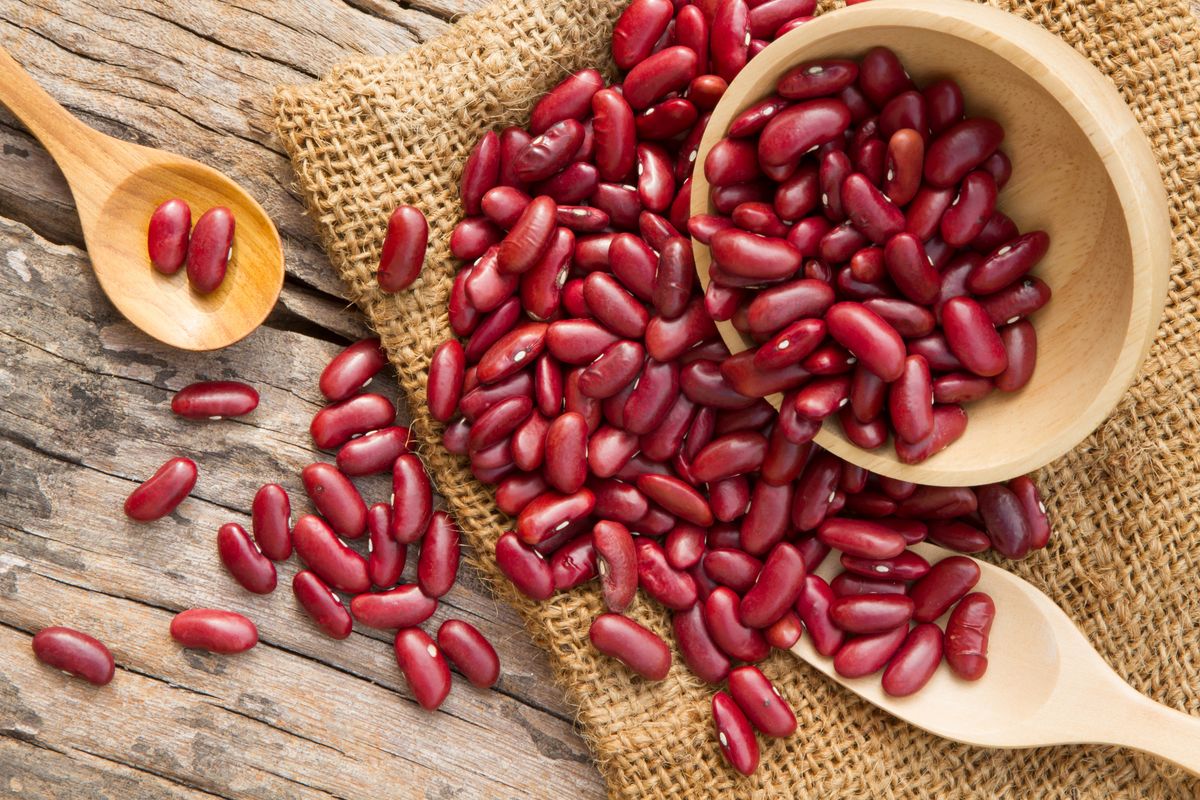Is It Safe to Eat Raw Red Meat?
Raw red meat has been a controversial topic for many years. Some people swear by its health benefits, while others are concerned about the potential risks. So, is it safe to eat raw red meat? Let’s explore the facts and considerations when it comes to consuming raw red meat.
The Benefits of Eating Raw Red Meat
Eating raw red meat, such as beef or lamb, is a practice that has been around for centuries. Proponents of raw meat consumption believe that it provides a range of health benefits, including:
- High-quality protein: Raw red meat is a rich source of high-quality protein, which is essential for muscle growth and repair.
- Nutrient retention: Cooking can sometimes lead to the loss of certain nutrients, so consuming raw red meat may help retain these essential vitamins and minerals.
- Healthy fats: Raw red meat contains healthy fats, including omega-3 fatty acids, which are important for heart and brain health.
Considerations for Eating Raw Red Meat
While there are potential benefits to eating raw red meat, it’s important to consider the potential risks and take precautions to ensure safety. Here are some important considerations:
- Quality and freshness: It’s crucial to source high-quality, fresh red meat from a reputable supplier to minimize the risk of foodborne illness.
- Food safety practices: Proper handling, storage, and cleanliness are essential when preparing and consuming raw meat to reduce the risk of contamination.
- Health conditions: Individuals with compromised immune systems or certain health conditions should consult with a healthcare professional before consuming raw red meat.
Safe Practices for Eating Raw Red Meat
If you’re considering incorporating raw red meat into your diet, it’s important to follow safe practices to minimize the risk of foodborne illness. Here are some tips for safely consuming raw red meat:
- Choose high-quality cuts from trusted sources.
- Keep raw meat refrigerated and separate from other foods to prevent cross-contamination.
- Use clean utensils and surfaces when handling raw meat.
- Consume raw meat promptly and avoid letting it sit at room temperature for extended periods.
- Consider freezing the meat before consumption to reduce the risk of parasites.
Consulting with a Professional
Before making any significant changes to your diet, especially when it comes to consuming raw meat, it’s advisable to consult with a healthcare professional or a registered dietitian. They can provide personalized guidance based on your individual health status and dietary needs.
Conclusion
While the practice of eating raw red meat has its proponents and potential benefits, it’s essential to approach it with caution and prioritize food safety. By sourcing high-quality meat, following safe handling practices, and considering individual health factors, it is possible to enjoy raw red meat while minimizing the associated risks. As with any dietary choice, informed decision-making and consideration of personal health circumstances are key.



